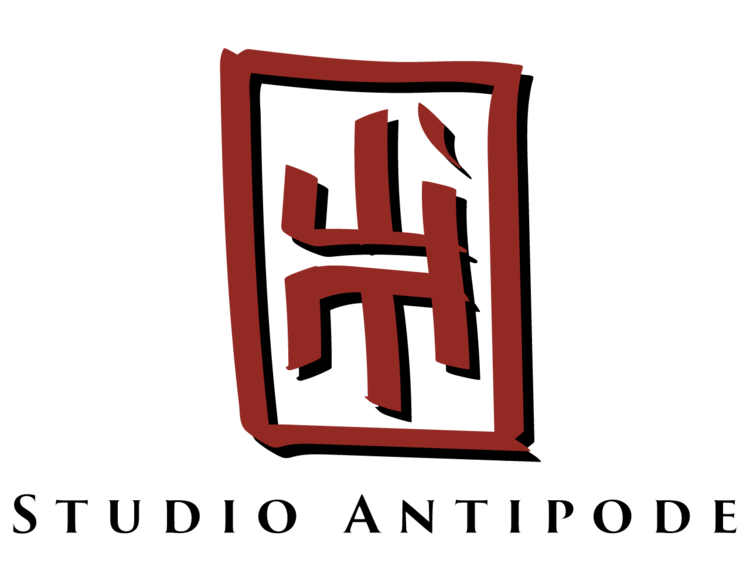Origami has been in my life since a very early age. I think I was six or seven when I folded my first model, probably taught by my mother (though, I'm not sure on that point). Mom went to college in Japan and had a small book on origami which I tried very hard to fold my way through. I have been off an on trying to learn more and more elaborate models, though it wasn't until I saw the documentary Between the Folds last year that I realized what could be achieved with origami.
Tessellations are my current favorite and I've been hard at work trying to develop new patterns and revisiting old patterns in new ways. I started with the idea of creating images and not just patterns and it quickly came to mind that a I could make a regular grid of squares and pop certain squares in or out to form retro-game style bitmaps.
I created the below test piece so I could map paper usage for scaling purposes and get a feel for what a larger piece would look like. After I folded the image, I realized that it needed some further definition and so I colored the squares (unfortunately, all I had around were Crayola markers).
 This work by Sean Kirkpatrick is licensed under a Creative Commons Attribution-NonCommercial-ShareAlike 3.0 Unported License. Based on a work at www.studioantipode.com.
This work by Sean Kirkpatrick is licensed under a Creative Commons Attribution-NonCommercial-ShareAlike 3.0 Unported License. Based on a work at www.studioantipode.com.
Tessellations are my current favorite and I've been hard at work trying to develop new patterns and revisiting old patterns in new ways. I started with the idea of creating images and not just patterns and it quickly came to mind that a I could make a regular grid of squares and pop certain squares in or out to form retro-game style bitmaps.
I created the below test piece so I could map paper usage for scaling purposes and get a feel for what a larger piece would look like. After I folded the image, I realized that it needed some further definition and so I colored the squares (unfortunately, all I had around were Crayola markers).
8Bit Origami Tree(?) Test Piece
I learned a lot about the folding method for such a repetitive piece and figured I'd start in earnest on a full scale piece. Recently, I received a shipment of Elephant Hide bookbinding paper, which is supposed to be incredible to fold for tessellations because of its crispness. So I started folding a the grid.
And I kept folding.
And folding.
At 128 by 128 squares, I realized it was going to be incredibly difficult to fold down to 256 by 256 squares as each square would only be 0.25 cm. I would have to find an image less than 21 by 21 pixels, so I decided at this point to go with a fairly iconic image of Link.
Folding the background "pixels" is a very time intensive process.
A full row done! Twenty rows to go...
I've decided that I actually just like a never-ending field of squares. Something visually pleasing about highly repetitive simple patterns.
I popped out squares at some intersections to create a raised level above the background pixel field, but the squares turned out less large than the original test piece because of the thickness of the Elephant Hide paper. In order to go more detailed, I'll definitely have to use a much thinner paper. Perhaps a starched kozo paper.
Now came the dicey part. I had spent 30 hours folding this piece so far, so it would have been awful had the inking process gone awry, but I like how it turned out.
I learned a lot on this project and am ready to start my next 8Bit Origami piece (similar detail level).
But in the meantime, I'm hard to complete a new graphite illustration. Here's a preview of what's to come...
 This work by Sean Kirkpatrick is licensed under a Creative Commons Attribution-NonCommercial-ShareAlike 3.0 Unported License. Based on a work at www.studioantipode.com.
This work by Sean Kirkpatrick is licensed under a Creative Commons Attribution-NonCommercial-ShareAlike 3.0 Unported License. Based on a work at www.studioantipode.com.











